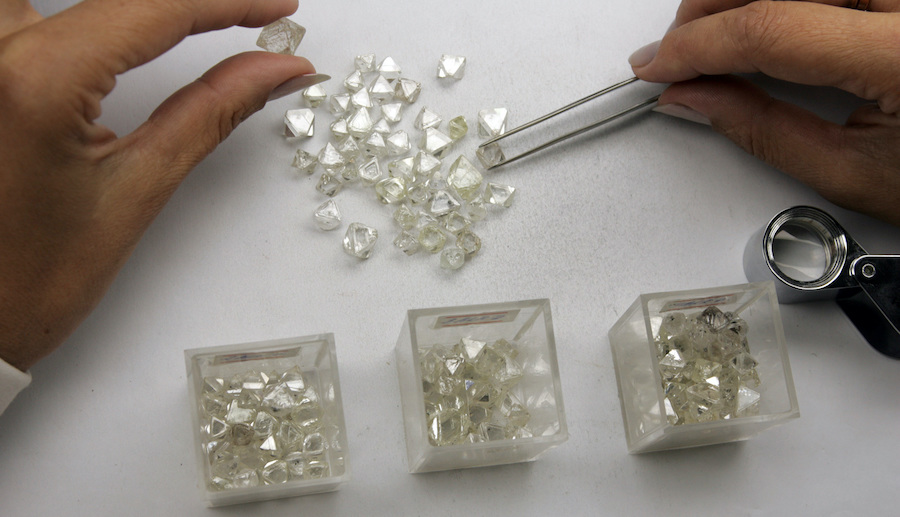Diamonds have long been associated with beauty, luxury, and love. However, there’s a darker side to the diamond trade – conflict diamonds, also known as blood diamonds. These are diamonds mined in war zones and sold to finance armed conflict against governments. The Kimberley Process Certification Scheme (KPCS) was introduced to tackle this issue and ensure that diamonds are sourced ethically. Let’s delve into what the Kimberley Process is all about.
1. Introduction
Diamonds, though small, carry immense value and symbolism. But not all diamonds tell a story of romance and elegance. Some are steeped in violence and suffering. This is where the Kimberley Process steps in.
2. Origins of the Kimberley Process
The Kimberley Process traces its roots back to May 2000 when Southern African diamond-producing states met in Kimberley, South Africa, to discuss ways to stop the trade in conflict diamonds.
3. Objectives and Goals
The primary goal of the Kimberley Process is to prevent conflict diamonds from entering the mainstream diamond market. By implementing stringent regulations and oversight, the process aims to ensure that every diamond is certified as conflict-free.
4. How It Works
4.1 Certification Process
Diamond-producing countries must implement regulatory frameworks to control the export and import of rough diamonds. Each shipment of rough diamonds must be accompanied by a Kimberley Process certificate, guaranteeing its conflict-free status.
4.2 Monitoring and Control
The Kimberley Process operates through a system of peer monitoring, what is the kimberley process, where member countries assess each other’s compliance with the process’s regulations. Additionally, independent audits and reviews help ensure the integrity of the certification process.
5. Member Countries
Over 80 countries are members of the Kimberley Process, including major diamond-producing nations like Botswana, Russia, and Canada. These countries account for approximately 99% of the global diamond trade.
6. Successes and Challenges
6.1 Impact on Conflict Diamonds
Since its inception, the Kimberley Process has made significant strides in reducing the flow of conflict diamonds onto the market. By establishing transparent supply chains and enforcing strict regulations, the process has helped mitigate the financing of armed conflict through diamond sales.
6.2 Addressing Loopholes
However, the Kimberley Process is not without its challenges. Critics argue that the process’s definition of conflict diamonds is too narrow,lab grown diamonds, allowing some diamonds mined under oppressive conditions to enter the market legally.
7. Public Awareness
Despite its importance, many consumers remain unaware of the Kimberley Process and the issue of conflict diamonds. Increasing public awareness is crucial to ensuring that consumers make informed choices when purchasing diamonds.
8. Future Prospects
As the diamond industry evolves, so too must the Kimberley Process. Efforts are underway to strengthen the process’s regulations and expand its scope to address emerging challenges, such as the rise of synthetic diamonds.
9. Conclusion
In conclusion, the Kimberley Process plays a vital role in ensuring the ethical sourcing of diamonds and preventing the trade in conflict diamonds. While challenges remain, the process continues to evolve, guided by its commitment to transparency and accountability.


